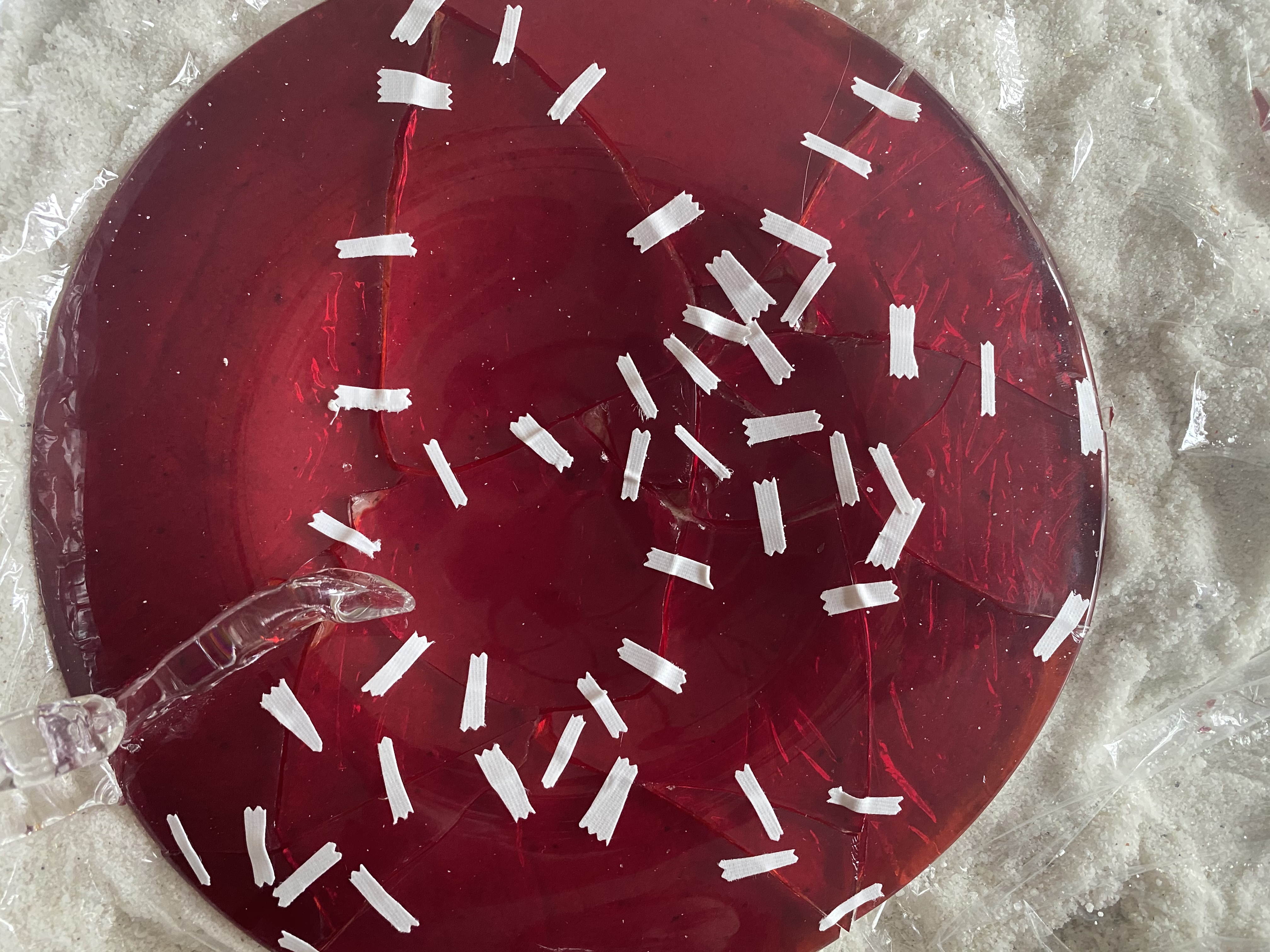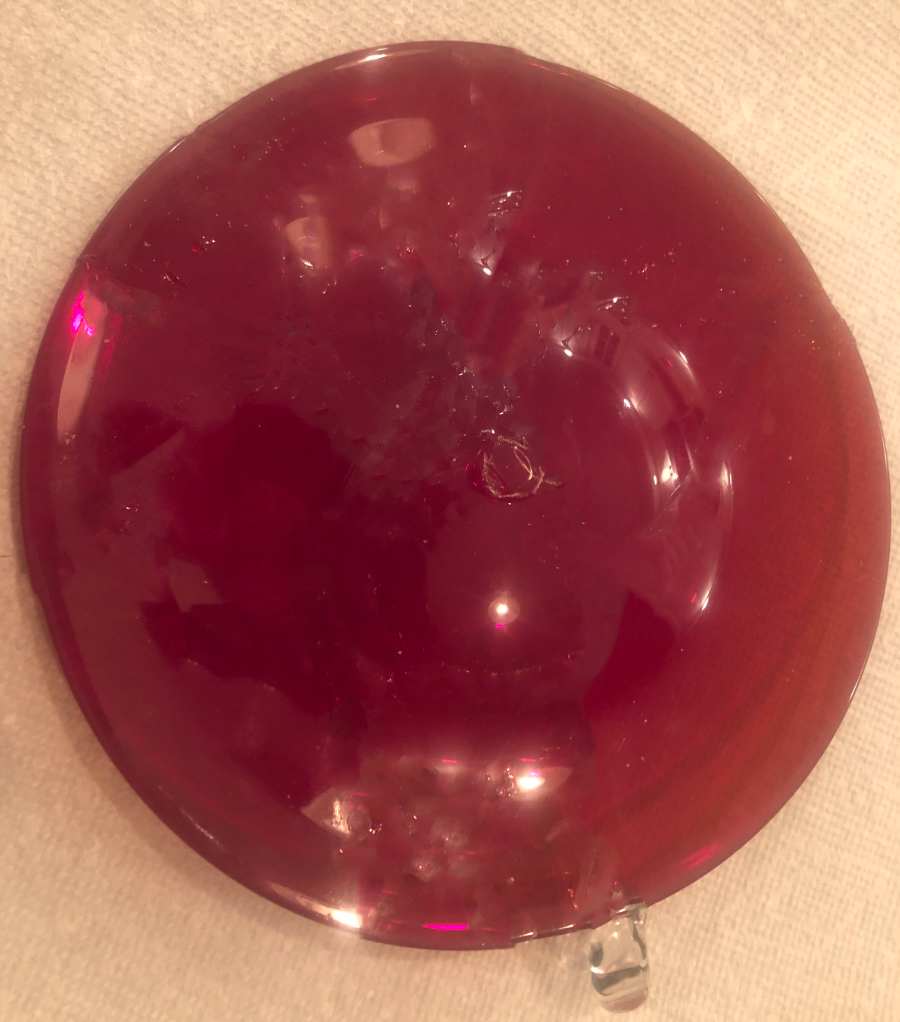CONSERVATION
When a piece of art is broken in a museum setting it is heavily documented. From where it was broken, to how it was broken, and where all of the pieces end up. It is documented through photographs and written documentation. This aids the conservator in reassembling the piece. All of the pieces should be collected, no matter how small. The minuscule pieces can be perfect for chemical analysis and other processes. Even if the small pieces don’t end up being re assembled they should always be kept in a small baggy or container with the object/object’s information.
Reassembly
Surgical tape is often used during the reassembly process due to its stretchy qualities and gentle adhesive. A plastic tray filled with clean, fine sand is incredibly useful in the re-assembly process. Covering the sand in cling wrap can be helpful in keeping track of the pieces. Its best to start from the base or largest piece. The pieces should be assembled as one piece, not individual clusters brought together.
Adhesive
B-72 or hxtal are the recommended adhesives. The adhesive should be dotted along the break. It goes into the break through capillary action, the excess remaining on the surface should be removed carefully. The adhesive always needs to be allowed to fully cure/harden before the object should be moved or handled. Each product has its own strength and draw backs. B-72 often has a lot of air bubbles where as hxtal may discolor over time.
Repaired Object
The repaired object often will have its repair taken into consideration when it is displayed, being stored, or is being packaged to go on loan. All adhesives have a shelf life, the standard museum adhesive today has to have a minimum of a 100 year shelf life, but it also has to be reversible. So any repairs should always be noted in detail and this information kept with the object’s file.


Bridget Provan
RISD, BFA, Glass, Spring 2020 Final.
RISD, BFA, Glass, Spring 2020 Final.